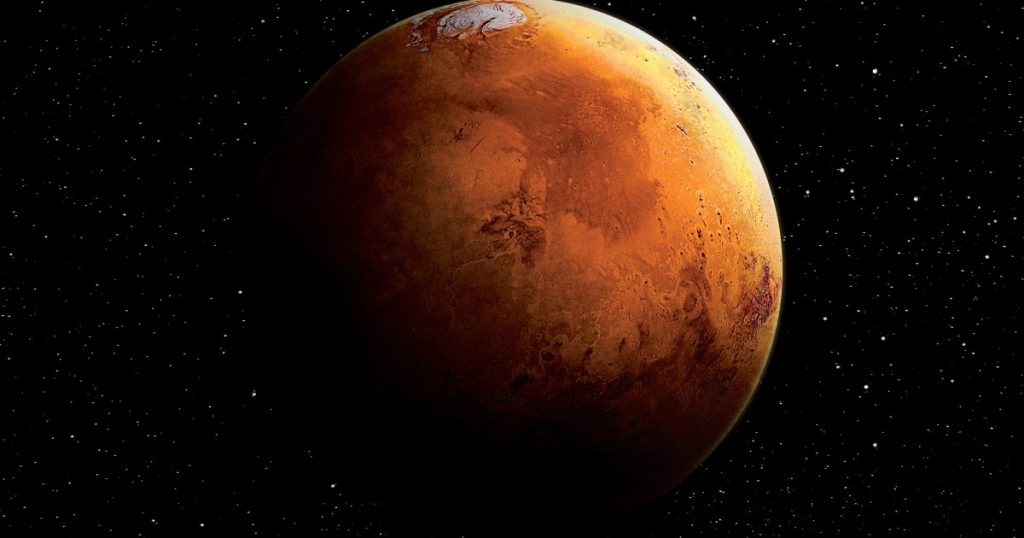NASA’s Europa Clipper spacecraft is currently on its long journey through the solar system, headed for Jupiter’s icy moon of Europa. There, it’s hoping to find whether Europa could ever have supported life — but before it arrives, it’s doing some investigating closer to home as well.
NASA scientists recently used Europa Clipper’s instruments to take readings of Mars, as the spacecraft was passing within just 550 miles of the red planet’s surface on March 1. The spacecraft was using the gravity of Mars to get a boost along its journey, but while doing so there was also an opportunity to do some testing.

The team tested out one of Clipper’s instruments, an infrared camera called the Europa Thermal Imaging System (E-THEMIS), by snapping some images of Mars on the way past. The camera shows the temperature of different regions, and it will be used to study parts of the surface of Europa which are covered in ridges and fractures, thought to be caused by water rising up from the subsurface ocean and breaking through the icy crust.
“We want to measure the temperature of those features,” said Phil Christensen of Arizona State University, principal investigator of E-THEMIS. “If Europa is a really active place, those fractures will be warmer than the surrounding ice where the ocean comes close to the surface. Or if water erupted onto the surface hundreds to thousands of years ago, then those surfaces could still be relatively warm.”
The images of Mars taken by E-THERMIS show the temperatures across the planet, with the warmest parts near the equator and the coldest parts up at the ice caps at the poles. One thousand grayscale images were captured, and these were stacked together to create a color composite showing temperature.

As well as showing features of Mars, these images were a chance to test out the instrument against known data and check everything on board the spacecraft was working correctly, including its radar instrument as well.
“We wanted no surprises in these new images,” Christensen said. “The goal was to capture imagery of a planetary body we know extraordinarily well and make sure the dataset looks exactly the way it should, based on 20 years of instruments documenting Mars.”
With everything looking good, Clipper is now continuing on its journey, expected to arrive at Jupiter in 2030.


